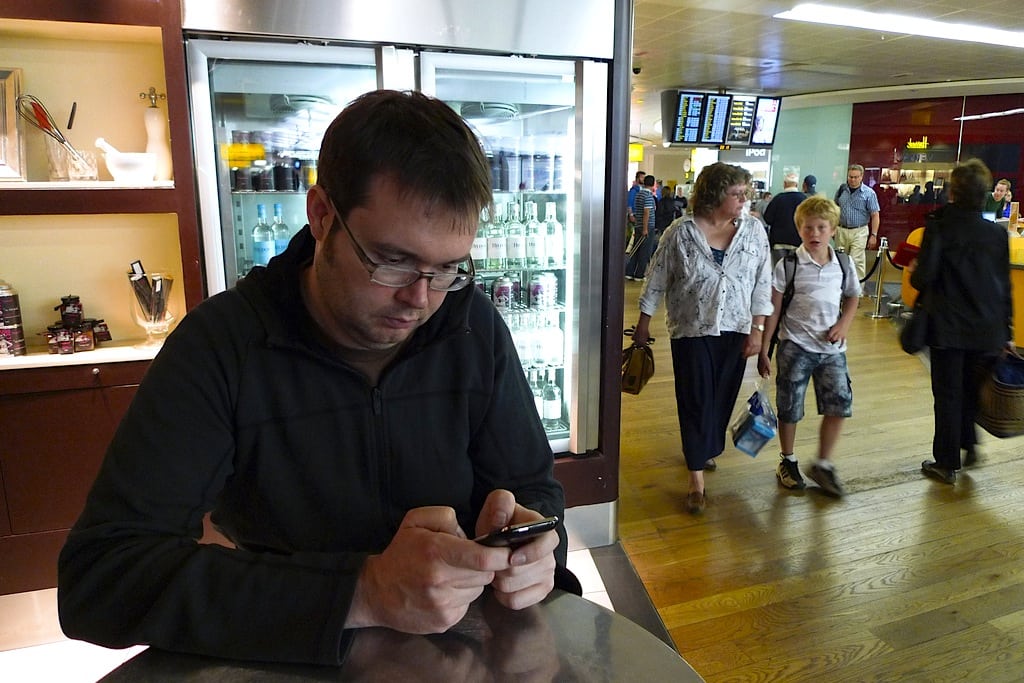Skift Take
Privacy, or lack thereof, is one of the biggest obstacles that airports and airlines must consider in their efforts to personalize passengers' updates in an effort to boost their bottom line.
“A smooth and hassle-free journey where passengers do not have to break stride from the curb to the gate unless they choose to is the goal,” explained International Air Transport Association’s CEO Tony Tyler at the 2013 World Passenger Symposium.
The vision summed up by Tyler represents airports’ and airlines’ ambitions to make air travel more personalized for passengers and more profitable for their bottom line. Although the industry has made much improvement with mobile check-ins and boardings, there remains a high demand for real-time information that continues to expedite the airport experience.
According to a new report from industry information tech company SITA, these future improvements are dependent on two main areas of evolution: (1) the ability of airlines and airports to tap the intelligence inherent in their operational and passenger systems and (2) the rise of intelligent airports that track and share real-time information.
If both parties are able to tap into their already existing information bases, they’ll be able to provide updates that go far beyond existing services.
In the next three years, flyers may see a few, if not all, of the following improvements:
- Updates on flight and bag status delivered to mobile devices
- Airports delivering status updates on wait times at security lives and travel time to gate
- Navigation and way-finding move from airport signs to mobile apps
- Airlines reporting real-time baggage loading status to flyers’ mobile devices
- Beacon technology automatically sending coupons to smartphones based on flyers’ locations
The report predicts that by 2016 the majority of airlines and airports will also be able to personalize passenger experience based on social media comments and request, individual purchasing behavior, passenger mobile app interactions and smartphone sensor data.
Of course, some airlines and airports are already exceeding the industry standard.
British Airways’ Know Me program provides staff with passenger data so they can acknowledge flyers based on their status or upcoming flight experience. And passengers at London Heathrow can present their boarding pass at the security area to find out if they have enough time to get to the gate before departure.
Despite the huge opportunity for improving passengers’ flight experience and industry profits, less than 10 percent of airports currently report taking full advantage of their internal data.
Innovation is therefore on the other side of company collaboration and improved IT.
The full SITA report Smart Thinking can be downloaded here.
The Daily Newsletter
Our daily coverage of the global travel industry. Written by editors and analysts from across Skift’s brands.
Have a confidential tip for Skift? Get in touch
Tags: mobile, smartphones
Photo credit: A man looks at his iPhone at the airport. Monica Shaw / Flickr
